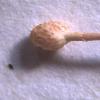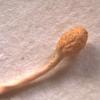
26-11-2025 18:13
The entire run of Mycotaxon is now available throu

25-11-2025 14:24
Thomas Læssøehttps://svampe.databasen.org/observations/10490522

25-11-2025 11:03
Mick PeerdemanHi all,One of my earliest microscopy attempts, so

24-11-2025 15:23
Arnold BüschlenHallo, auf einer offenen Kiesfläche am Rande ein

23-11-2025 11:16
Bohan JiaHi, I found small discs growing on dead stem of

21-11-2025 10:56
 Christopher Engelhardt
Christopher Engelhardt
Very small (~0,5 mm) white ascos, found yesterday
Cordyceps sphecocephalaon the other had should be 3-6 x 1.5-3 mm but on wasp.
This specimen was 4 x 3 mm
What should I look for to distinguish the species?
Thanks
Mal
here a key to this genus.
rgeards

the following file is updated:
http://www.ascofrance.fr/uploads/document/Catalogue-des-Cordyceps-CLL-4-0001-version-definitive-0001.doc
Regards,
Christian
Mal

note the passage in the document to which Christian has provided the link:
"Littérature : on trouve cette espèce sous le nom de C. dittmari, C. sphecocephala f. ditmarii (=ditmari), C. sphecophila, ou C. sphecocephala (Les récoltes européennes doivent être rapportées à Ophiocordyceps ditmari)." (my underlining - I think the problem is that some of the other names have been variously interpreted in the past).
cheers
Chris

Hi to all,
Traditionally, the specimens collected on wasps were named C. sphecocephala or O. ditmari and the specimens on flies C. forquignonii. We have studied both specimens, cultures and molecular data indicate that they are the same species.
Cordyceps forquignonii Quelet has never been collected since the publication and nobody really knows what it is. Holotype disappeared and we have only an illustration, which contains numerous incoherences.
Regards,
Christian

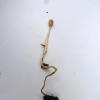
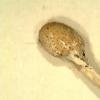
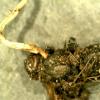
 Catalogue-des-Cordyceps-CLL-2-0001-0001.doc
Catalogue-des-Cordyceps-CLL-2-0001-0001.doc
